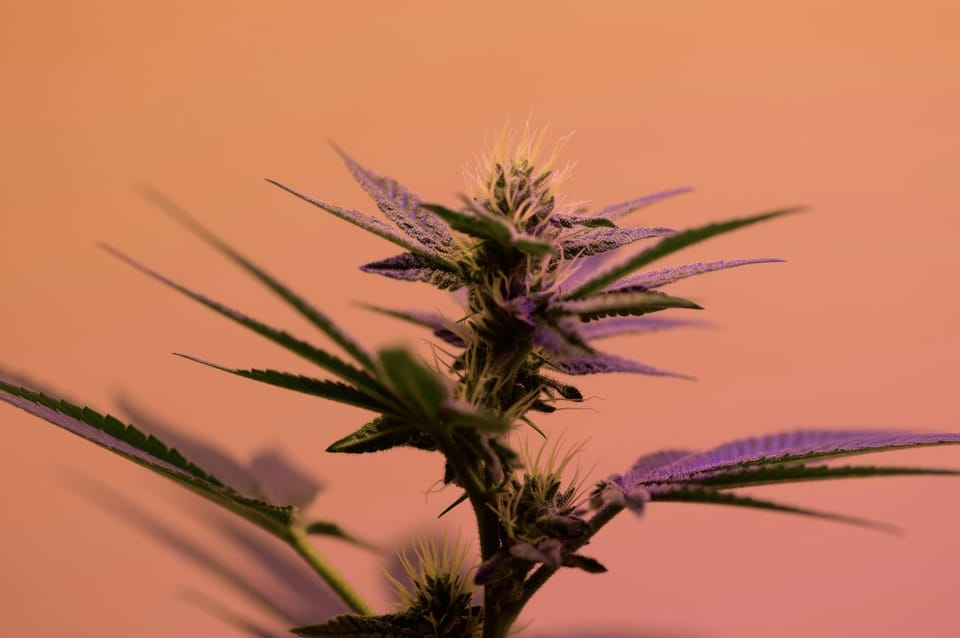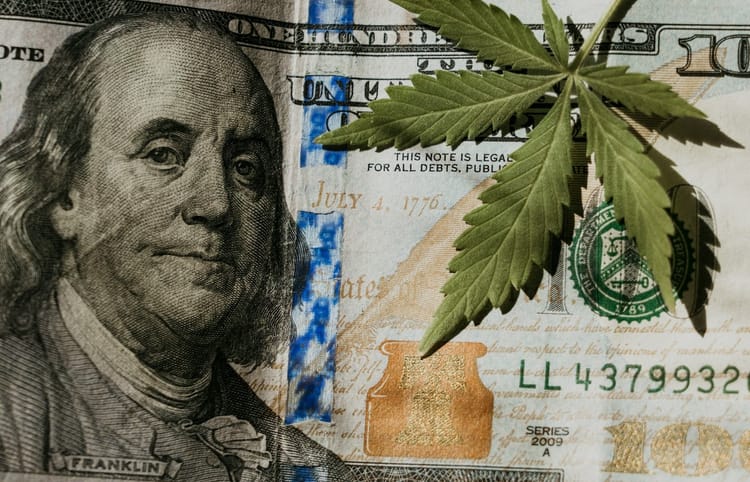Rooted in Rest

by Jude Croyle, CG
Just like humans need sleep for recovery and growth, cannabis plants depend on darkness to thrive. While light is essential for photosynthesis, the dark period is when some of the most critical growth processes occur. Understanding how cannabis “sleeps” and how to optimize its rest cycle can significantly impact plant health, yield, and potency.
Photoperiod vs. Autoflowering Cannabis– Why Light Cycles Matter
Cannabis strains fall into two categories based on how they respond to light:
Photoperiod cannabis requires specific light and dark cycles to trigger growth stages. As daylight hours decrease, these plants transition from vegetative growth to flowering. Indoor growers mimic this by adjusting light schedules, ensuring plants receive the right amount of “sleep” daily.
Autoflowering cannabis flowers based on age rather than light exposure, typically maturing in 8–12 weeks. While they don’t require strict light deprivation, dark periods benefit root development, energy distribution, and cannabinoid production.
Despite their differences, both types of cannabis use darkness for critical metabolic processes that enhance structural integrity, nutrient uptake, and overall development.
What Happens During the Dark Cycle?
When the lights go out, cannabis shifts its focus to essential growth processes. Here’s what happens:
Energy Redistribution and Metabolism
During the day, cannabis produces sugars through photosynthesis. Those sugars are broken down at night and redirected to fuel root expansion, stem thickening, and flower formation. This is similar to how the human body repairs itself during sleep.
Without a proper dark period, plants struggle to distribute energy efficiently, which can result in stunted growth or weaker branches. This process ensures the plant has the necessary resources to support larger flowers as it matures.
Hormone Production and Growth Signals
Darkness plays a key role in regulating plant hormones like auxin and gibberellin. Auxins, responsible for elongation and stretching, are more active during the dark period, directing growth toward roots and shoots. Gibberellins, which influence cell division and expansion, also work best in darkness, ensuring balanced vertical and lateral growth.
In photoperiod strains, another key hormone, florigen, is activated by darkness and signals the transition from vegetative growth to flowering. If light exposure is inconsistent, this process can be delayed or disrupted, leading to longer growth cycles and reduced yields. Autoflowers do not rely on florigen, but they still benefit from dark periods that allow for uninterrupted hormone function.
Root Development and Nutrient Uptake
Roots work most efficiently at night. The plant sends resources downward, expanding its root system and increasing nutrient absorption. Stronger roots lead to better water uptake, improved plant structure, and ultimately higher yields.
A well-structured dark period allows roots to anchor more securely and distribute energy to growing shoots. Growers who provide consistent dark cycles often observe more resilient plants that handle environmental stress better, leading to healthier crops overall.
Flower Formation and Cannabinoid Production
For photoperiod plants in the flowering stage, darkness is essential for producing the cannabinoids and terpenes that define cannabis potency and aroma. Many enzymatic reactions that regulate THC, CBD, and terpene synthesis occur at night.
Plants that receive inconsistent darkness may produce lower levels of cannabinoids, resulting in a less potent final product. Additionally, excessive interruptions in the dark cycle can stress the plant, leading to hermaphroditism (development of male flowers), which reduces flower quality and yield.
Autoflowers, while less dependent on strict light schedules, still experience enhanced terpene and resin production during night periods. Some growers notice increased trichome development when autoflowers are given 4–6 hours of darkness instead of continuous 24-hour light.
Optimizing the Sleep Cycle for Maximum Growth
To harness the benefits of the dark cycle, growers should focus on:
Following the Right Light Schedule
Vegetative Stage (Photoperiod): 18 hours of light, 6 hours of darkness. This encourages strong root development and overall plant resilience.
Flowering Stage (Photoperiod): 12 hours of light, 12 hours of darkness. This mimics the natural season change, triggering flowering and optimizing resin production.
Autoflowers: Can be grown under 18–24 hours of light, but a 4–6 hour dark period may improve root efficiency and metabolic balance.
Keeping Nighttime Temperatures Stable
A slight temperature drop at night (5–10°F lower than daytime) encourages proper metabolic function and enhances resin production. However, extreme fluctuations should be avoided, as they can stress the plant and slow development.
Maintaining a stable environment during dark periods also prevents moisture buildup, reducing the risk of mold or mildew—especially in flowering plants with dense buds.
Preventing Dark Cycle Disruptions
Light leaks can disrupt hormone regulation and stress the plant, particularly in photoperiod strains. If access to the grow space is needed during dark hours, use a green LED light, which does not interfere with the plant’s biological clock.
Using timers to automate lighting schedules ensures consistency, reducing the risk of human error and optimizing plant performance.
Cannabis doesn’t stop growing when the lights go out—it simply shifts its focus. Much like humans need sleep for recovery, cannabis needs darkness to redistribute energy, build stronger roots, regulate hormones, and develop potent flowers.
While photoperiod strains rely on strict light cycles for flowering, even autoflowers benefit from a well-structured dark period. By understanding and optimizing the sleep cycle, growers can unlock their plants’ full potential, leading to healthier crops, bigger yields, and higher-quality flower.




